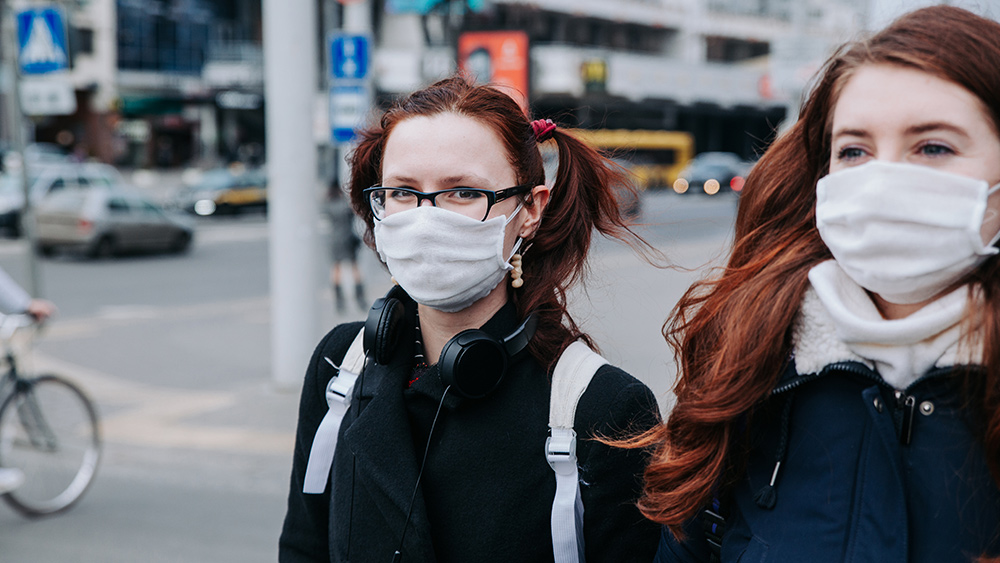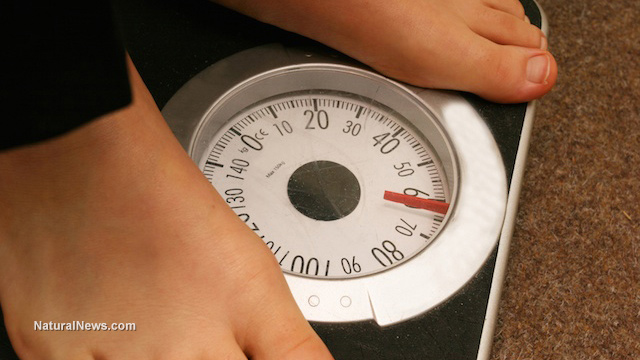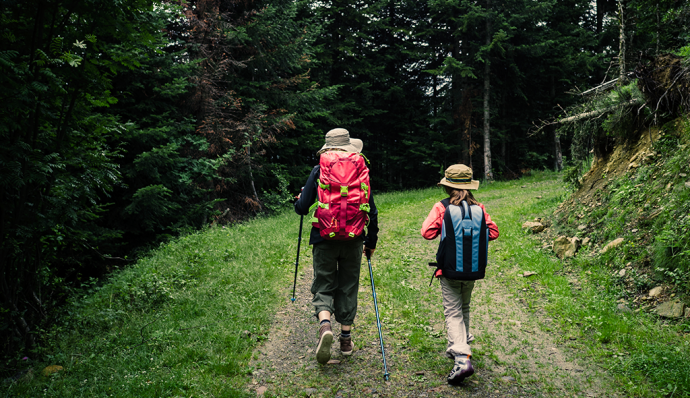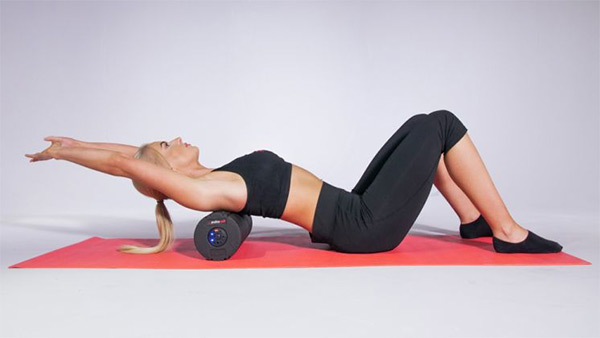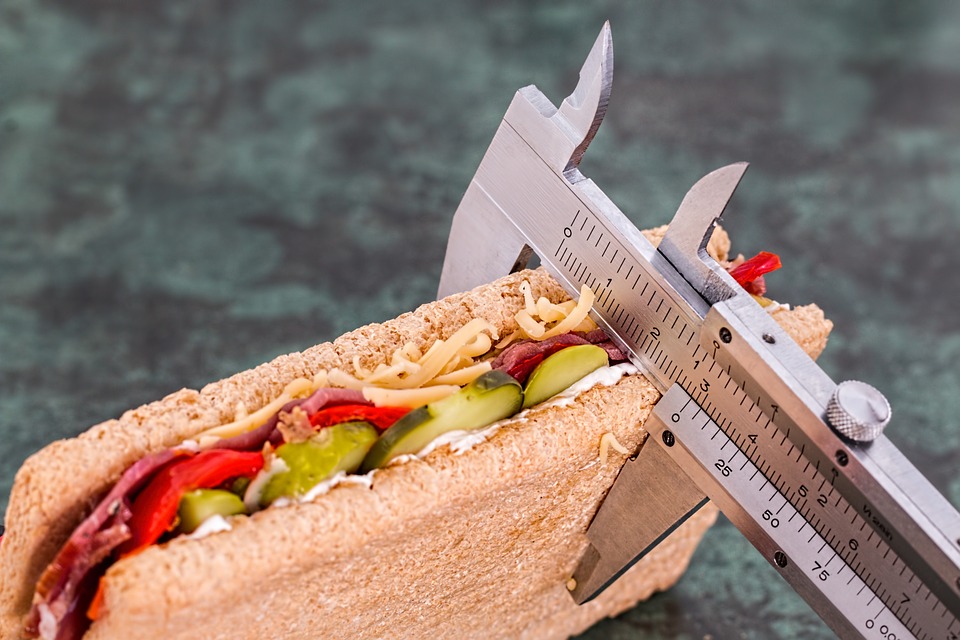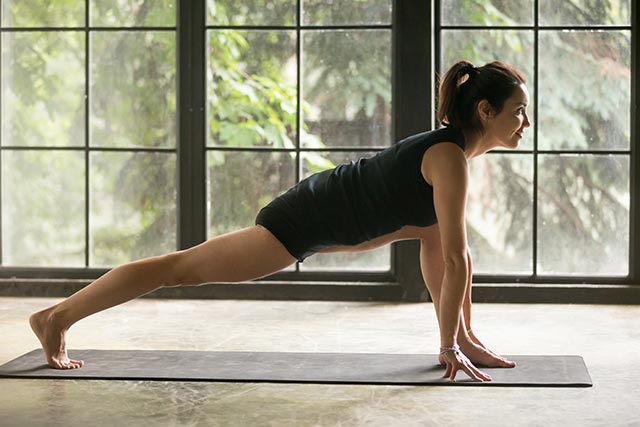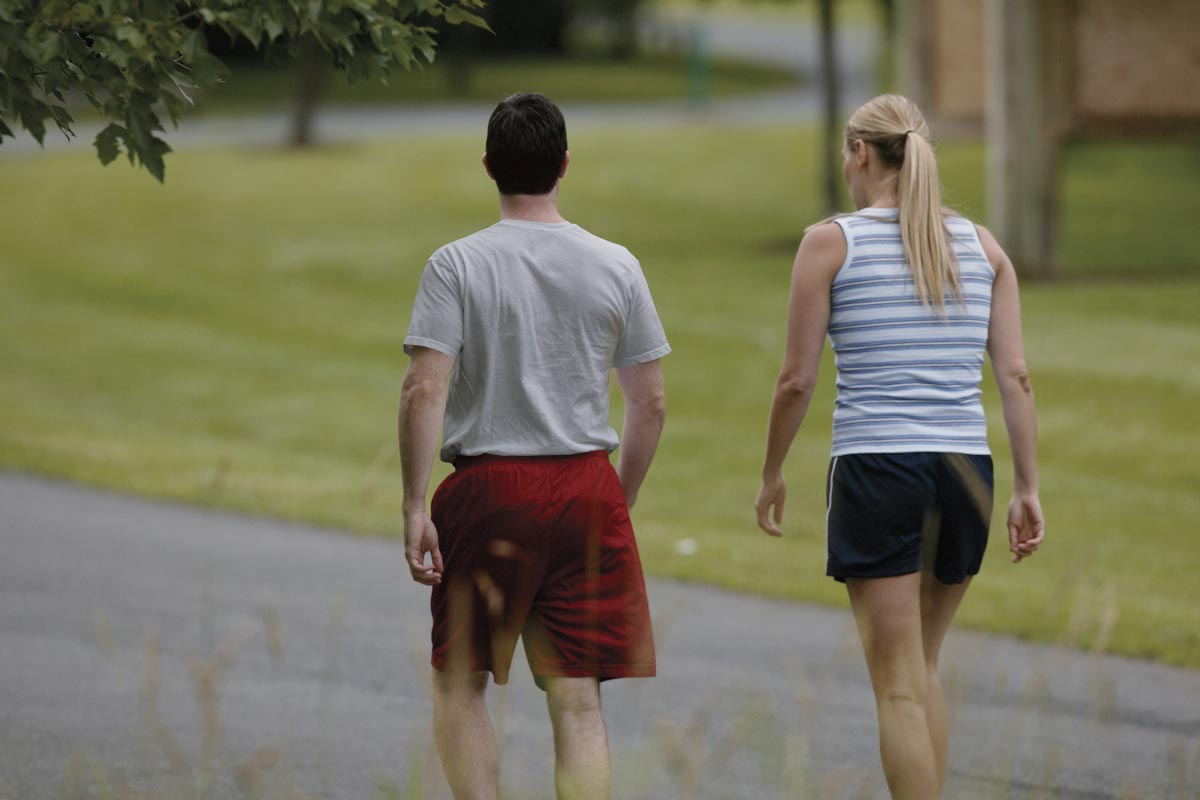Here’s why self-defense fitness is crucial to your survival
05/05/2020 / By Zoey Sky

Marksmanship is a crucial prepping skill, but you shouldn’t forget another important aspect of your survival: Physical fitness and self-defense skills. (h/t to PersonalDefenseWorld.com)
Preppers who want to protect themselves when SHTF often train with firearms, taking care to learn how to use their chosen weapons properly and accurately. However, not all gun owners consider the importance of self-defense fitness.
If you are attacked, your adrenaline will spike, highlighting the fact that you will need more than speed and strength in a life-or-death scenario. When this happens, your heart rate will also increase and push blood throughout your arteries to fuel the body. These processes are natural and they are crucial for your survival.
But an adrenaline rush also puts your body under stress.
If you’re confronted by attackers, you will need to move quickly and fight to protect yourself. This is where fitness comes in. As a physically fit prepper, you will be stronger and you can move faster.
Assessing your self-defense fitness
If you’re a prepper, it’s easy to believe that you’re fit. After all, you carry heavy gear all over your homestead, and you have a daily workout in your garden.
But while self-defense doesn’t require running a marathon, you need to move fast enough to get away from danger. Self-defense may also require you to punch or kick your way out of a fight, something that can physically drain you if you don’t exercise regularly.
To determine if you’re in shape to handle something like a confrontation with attackers, you can try simple tests that will determine your body’s conditioning.
These tests are similar to those that introduce stress in training. (Related: Why physical fitness is crucial for survival (and why all preppers need to take good care of their bodies).)
First is aerobic exercise. To do cardio, move 25 feet in one direction, then back again. Next, draw and perform a failure drill. You must move quickly. A relatively healthy prepper should be able to run 50 feet and still put several rounds on a target.
This second test focuses on anaerobic exercise or strength training. Stand in front of a target at seven yards, then, drop down and do some pushups. There’s no specific number of pushups, but you should do enough to get your arms burning with lactic acid. Then jump up, draw and fire a failure drill.
To improve your self-defense fitness, practice these drills regularly until you learn to manage your stress levels and increase your stamina. Remember that speed, strength and stress management are key to successfully subduing potential attackers.
Fitness tips for preppers
Improve your chances of survival by building up your stamina until you can run a short distance without running out of breath.
Exercise regularly by walking, which helps you become stronger and boosts stamina without putting too much pressure on your knees and ankles. As you get used to walking, start slow then walk faster as you get used to the exercise.
You can also try running or sprinting once your stamina has improved since short bursts of fast movement are essential in a self-defense situation. Go on a treadmill and try running five to nine miles-per-hour. Depending on your comfort level, try doing 15-second sprints, 25 of them with a 60-second stopping break in between.
When SHTF, you may need to sprint away to safety, in which case you have less than a minute to escape your attacker. Sprints also help condition your heart for adrenaline during stressful situations.
If you have a busy schedule, you can sneak in quick workouts by parking farther away from your office or using the stairs instead of the elevator at work.
Visit Survival.news to learn more about prepper fitness and self-defense.
Sources include:
Tagged Under: endurance, exercise, fitness, off grid, physical exercise, physical fitness, preparedness, prepper, prepping, self-defense, self-reliance, SHTF, strength exercise, strength training, survival, survival skills, survivalist
RECENT NEWS & ARTICLES
COPYRIGHT © 2017 SLENDER NEWS





